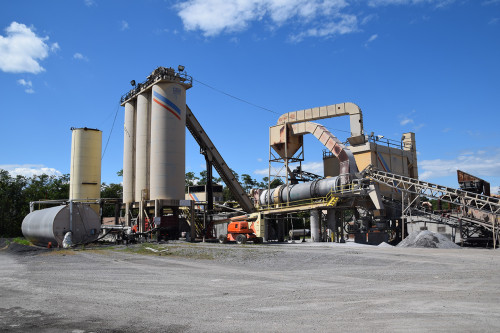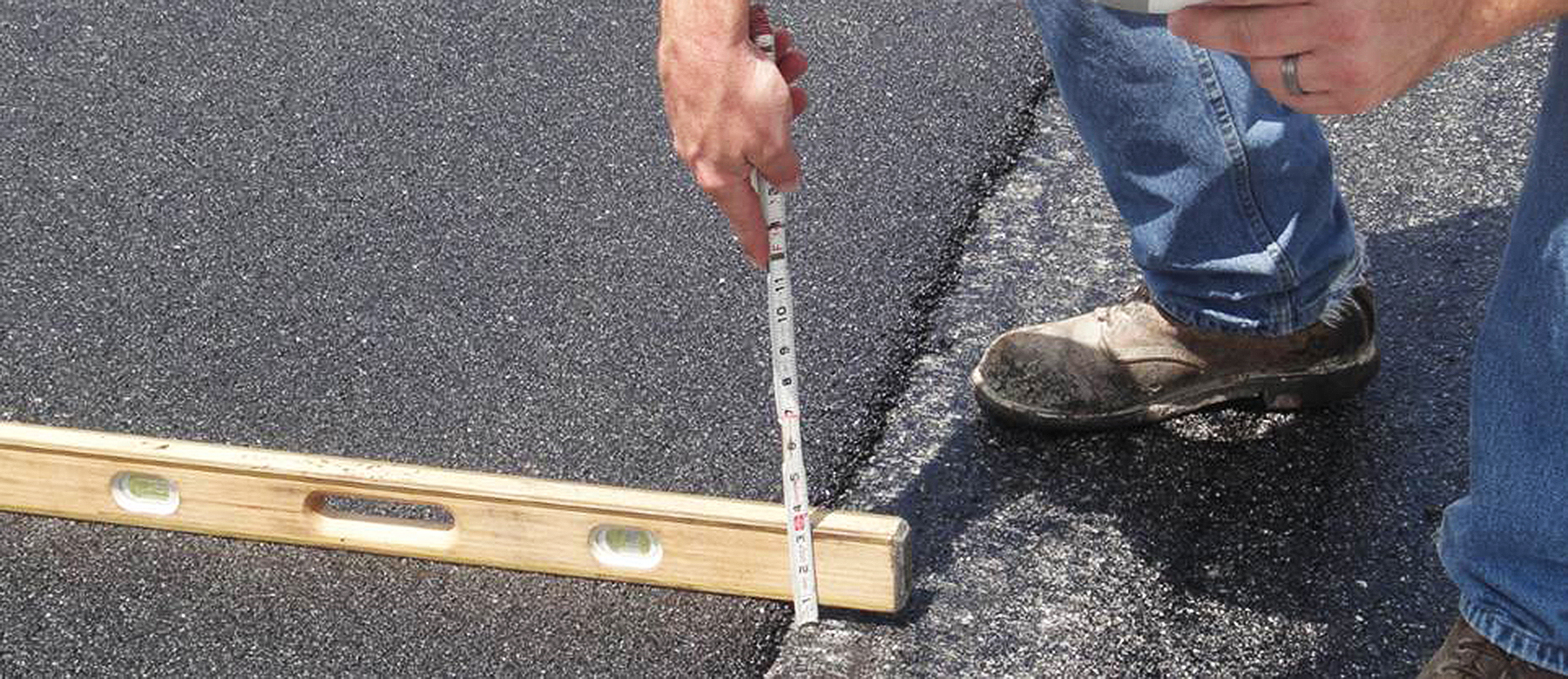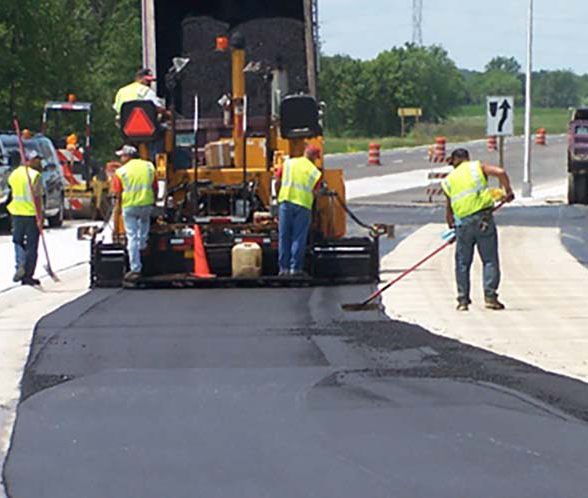Hot Mix Asphalt Paving: Redefining Commercial Building Landscapes
Hot Mix Asphalt Paving: Redefining Commercial Building Landscapes
Blog Article
Unlocking the Keys of Hot Mix Asphalt Modern Technology
Exploring the depths of warm mix asphalt modern technology discovers a globe where precise procedures and accurate formulations assemble to form our roads and framework. The combination of fillers, accumulations, and binders isn't simply a construction task but a strategic orchestration of resilience and performance.
Value of Hot Mix Asphalt
Warm Mix Asphalt plays an essential duty in modern-day facilities growth due to its resilience and cost-effectiveness. As the most frequently used leading product for roadways, freeways, and car parking lots, Warm Mix Asphalt supplies an array of benefits that contribute to its value in building and construction projects.
The toughness of Hot Mix Asphalt stems from its composition, which consists of aggregates, binder, and filler materials that are meticulously picked and mixed to satisfy certain performance demands. Overall, the relevance of Warm Mix Asphalt in infrastructure development can not be understated, as it continues to be a keystone of modern-day building and construction practices.
Elements of Asphalt Mixes
The structure of asphalt blends consists of very carefully picked accumulations, binder, and filler products that are vital for achieving specific efficiency needs. Aggregates are the main component of asphalt mixes, offering toughness and security. These accumulations can be all-natural, such as crushed rock or smashed rock, or artificial, like recycled materials from old pavements. The binder, commonly bitumen or asphalt cement, holds the aggregates together and supplies versatility and resilience to the mix. The selection of the binder is essential as it straight influences the mix's performance in various climate condition. Fillers, such as hydrated lime or Rose city concrete, are used to improve the mix's workability and aging resistance. Angled Parking.
The combination and percentage of these elements play a substantial function in establishing the high quality and performance of the asphalt mix. Designers thoroughly develop the mix to satisfy particular needs, thinking about factors like traffic quantity, climate conditions, and pavement lifespan. Appropriate choice and balancing of aggregates, binder, and fillers are vital for producing sturdy, long-lasting asphalt sidewalks.
Combining and Manufacturing Strategies

Once the accumulations are selected, the binder, commonly asphalt cement, is included in bind the products together. The binder's high quality and amount significantly affect the mix's strength, flexibility, and resistance to ecological factors. Furthermore, fillers like hydrated lime or Rose city cement may be included to enhance specific attributes of the asphalt mix, such as its workability or moisture resistance.
Throughout production, the aggregates and binder are warmed, generally between 250-325 ° F(121-163 ° C ), to assist in blending and make certain correct layer of the aggregates. The mixing procedure should be complete to achieve an uniform blend that promotes the wanted efficiency features of the asphalt. Various techniques, such as batch blending or drum mixing, are employed to attain top notch and constant asphalt mixes for building tasks.
Elements Influencing Asphalt Efficiency
Variables influencing asphalt efficiency encompass an array of variables that influence the longevity, durability, and total high quality of asphalt pavements. One crucial factor is the high quality of products made use of in the asphalt mix.

Ecological problems likewise influence asphalt performance. Temperature level variants, dampness seepage, and web traffic loads can all affect the architectural integrity of the pavement. Style factors to consider, such as sidewalk thickness and drainage, are crucial in making certain the long-term performance of the asphalt sidewalk. By meticulously considering these factors, engineers and More Bonuses professionals can enhance asphalt efficiency and boost the life span of sidewalks.
Lasting Practices in Asphalt Technology

In addition, the growth of warm-mix asphalt (WMA) innovations has actually gotten grip over the last few years. WMA enables the production and positioning of asphalt mixes at reduced temperature levels contrasted to traditional hot-mix asphalt, leading to minimized power intake and greenhouse gas emissions. Moreover, making use of permeable asphalt blends can help alleviate stormwater drainage problems by allowing water to infiltrate through the sidewalk and into the ground, advertising all-natural water filtering and charge procedures. By executing these lasting techniques, the asphalt sector can add to building a much more eco friendly and durable framework network.
Verdict
Finally, warm mix asphalt innovation plays an important function in modern framework advancement as a result of Visit Your URL its toughness and cost-effectiveness. By carefully stabilizing elements, employing appropriate blending techniques, and taking into consideration various factors, designers can create top quality asphalt mixes that stand up to rush hour tons and severe weather. Embracing sustainable practices, such as using warm-mix innovations and recycled materials, better improves the ecological kindness of asphalt modern technology.
Blending and manufacturing techniques in hot mix asphalt modern technology entail the exact mix and handling of accumulations, binder, and fillers to develop a high-performance and durable asphalt mix.Variables affecting asphalt performance incorporate a range of variables that impact the sturdiness, long life, and total quality of asphalt sidewalks. Lasting practices in asphalt modern technology incorporate different campaigns intended at decreasing the ecological influence of asphalt manufacturing and paving processes. By integrating reclaimed asphalt sidewalk (RAP) and recycled asphalt shingles (RAS) right into brand-new asphalt blends, the industry can considerably reduce the usage of raw products and power, while additionally lowering garbage dump waste.
WMA allows for the manufacturing and placement of asphalt mixes at lower temperatures contrasted to traditional hot-mix asphalt, resulting in reduced energy consumption and greenhouse gas exhausts.
Report this page